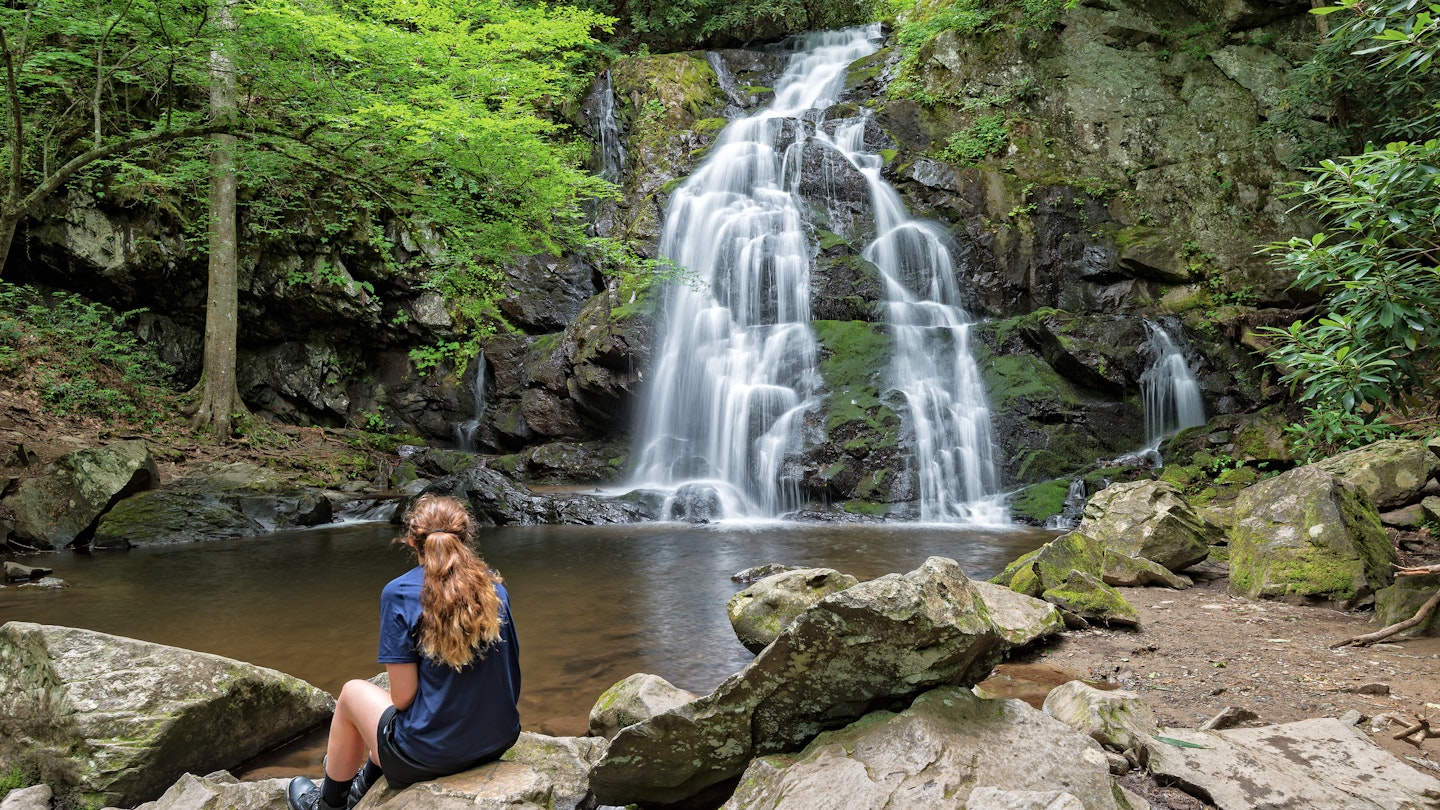Great Smoky Mountains National Park is the most visited national park in the United States. With layers of rolling hardwood landscapes, 2100 trickling waterways and a mysterious fog that looms at seemingly all hours, it isn’t hard to see why.
However, there are still opportunities for events to go awry, primarily due to lack of preparation. As you plan for your trip, consider these top 12 things to know ahead of time.
1. It’s free to enter, but not to park
Compared to other national parks, Great Smoky Mountains National Park offers a bargain experience with no entry fee, allowing you to redirect those funds towards inner-park excursions or donations to organizations preserving its natural beauty. However, a change in parking fees was implemented in March 2023, with a $5 daily fee for parking in official areas. Weekly passes are also available for $15, while annual passes cost $40.
2. Enter a lottery in April for the summer firefly spectacle
From late May through late June, the photinus carolinus fireflies light up a section of the Smokies with synchronous flashes. To secure your chance to witness this spectacle, keep an eye on the National Park Service’s website for the lottery process starting in April.

3. Obtain your trout fishing license in advance
Fishing for trout in the Little Pigeon River or Little River requires a fishing license. It’s advisable to purchase one ahead of time to avoid hefty fines. Online licensing in Tennessee and North Carolina is straightforward and seamless.
4. Mingus Mill is a good alternative to busy Cades Cove
The Cades Cove Loop is renowned for its panoramic Smokies vistas and historical significance. However, it can become crowded. Instead, consider visiting Mingus Mill, located just north of the Oconaluftee Visitor Center. Dating back to the late 1800s, this operational mill exemplifies the area’s rich history.
5. Consider a shoulder season visit to avoid the crowds
Summer months and peak foliage seasons are often busy at Great Smoky Mountains National Park. Alternatively, visiting between March and May offers pleasant temperatures and fewer crowds, alongside stunning wildflower blooms.

6. Prepare to hike to LeConte Lodge
Staying at LeConte Lodge is unique, situated half a mile from Mount LeConte. However, access requires a moderately strenuous six-plus hour hike. It is vital to plan your adventure accordingly, as reservations fill quickly and the lodge closes for winter.
7. Arrive early to snag trail parking and beat the crowds
Great Smoky Mountains National Park is open year-round; arriving early can help secure parking at popular trailheads. Parking lots can fill by mid-morning, so set an early alarm for a smoother start to your day.
8. Bring a wetsuit for chilly water adventures
Summer temperatures may be inviting; however, the water remains cold. If you’re participating in activities like trout fishing or white-water rafting, a wetsuit is highly recommended. Rentals are often available through local outfitters.
9. Don’t be fooled by the fog – wear sunscreen
The Smokies feature over 800 miles of trails, making sun protection essential. Despite the picturesque fog, UV rays can penetrate cloud cover. Be sure to apply sunscreen liberally and frequently during your outdoor activities.

10. Stay alert even on the most approachable of trails
The park features 150 trails, with many suitable for families and casual hikers. Yet, it is crucial to remain vigilant, as distractions from fellow hikers and terrain challenges can arise. Keep a watchful eye on children while navigating the trails.
11. Dogs are primarily prohibited on trails
Unlike many national parks, dogs are restricted on all trails except two specific routes. Therefore, it’s best to leave your furry friends at home to preserve the natural experience.
12. Respect wildlife and plants
While exploring, maintain a safe distance of at least 50ft from wildlife and refrain from picking plants, including wildflowers. This preserves the park’s ecosystem and ensures respectful interaction with nature.
YouTube video player





